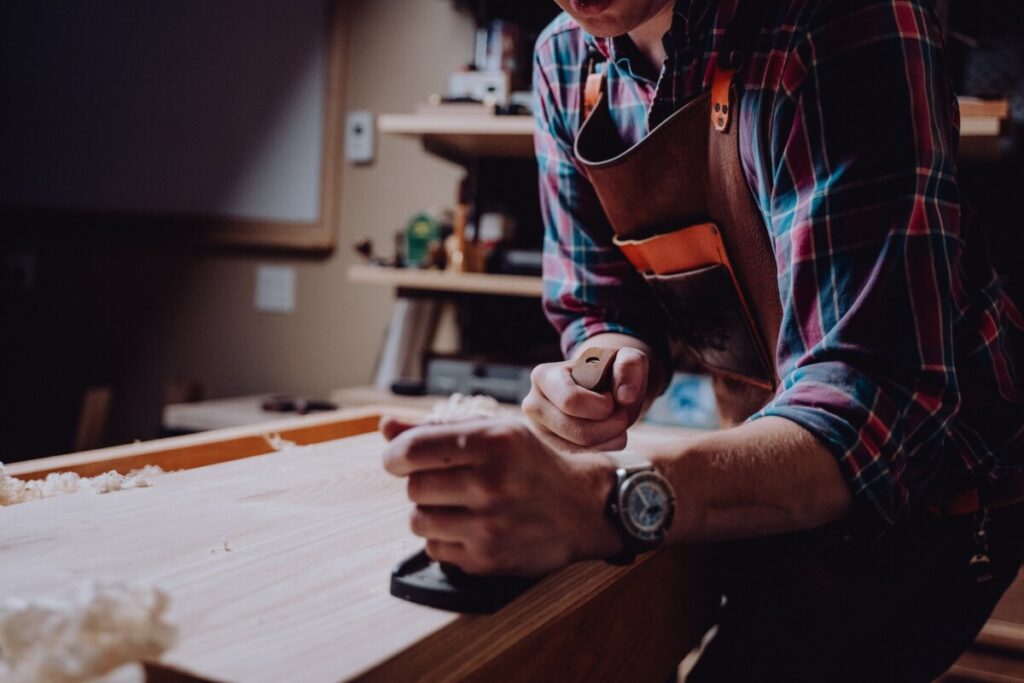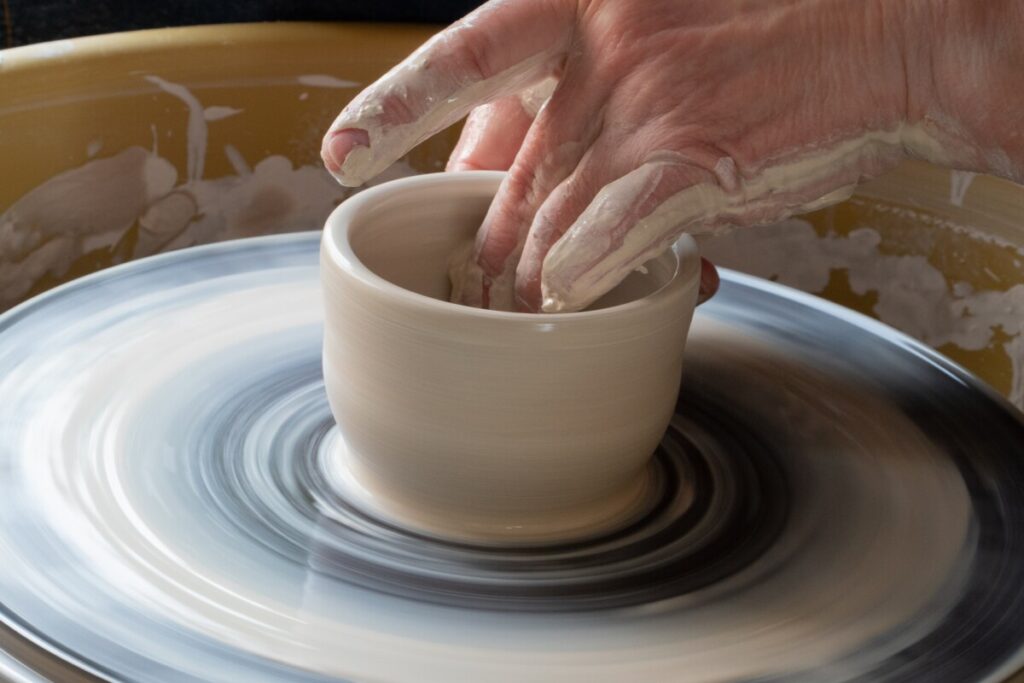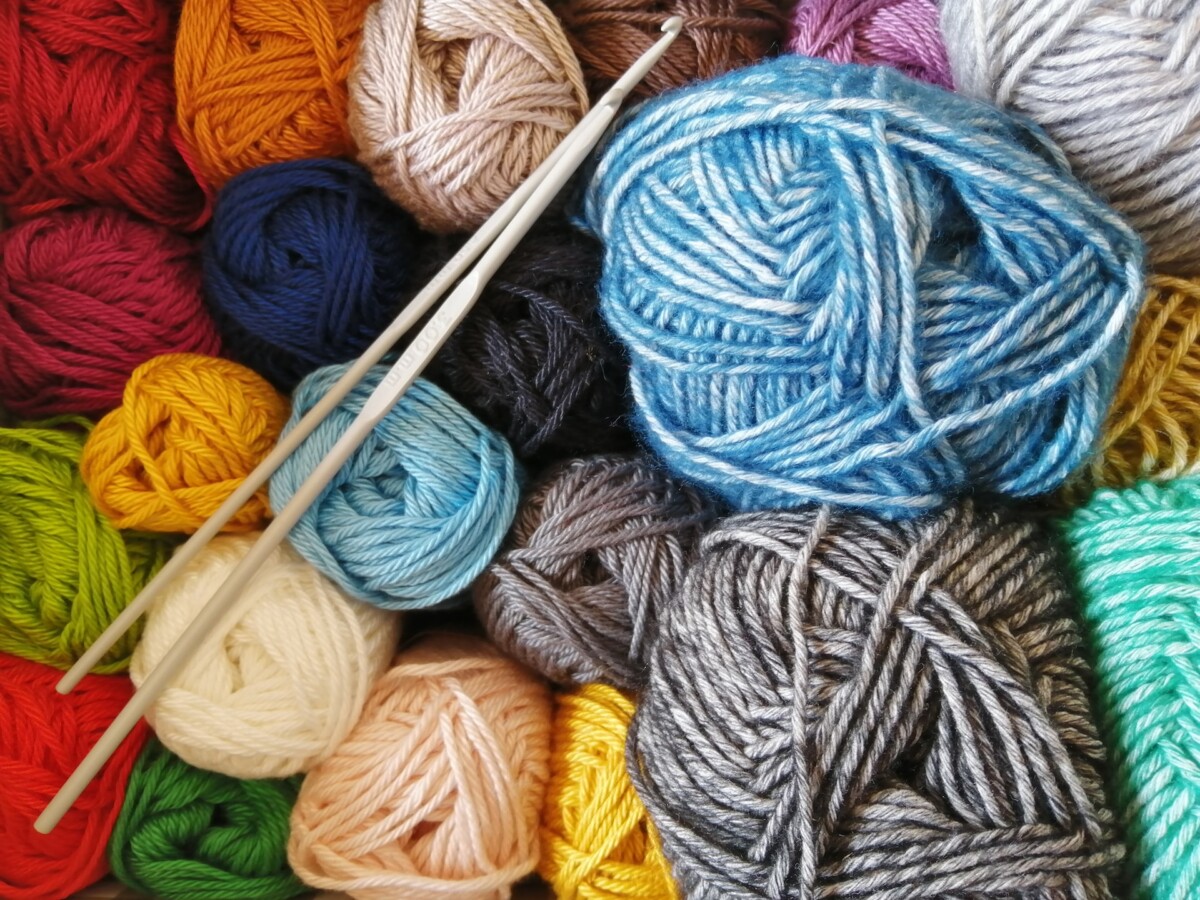Rediscovering traditional hobbies like knitting, woodworking, and pottery has become more than just a nod to nostalgia. In a world where digital technology reigns supreme, these age-old practices are witnessing a resurgence, offering therapeutic benefits and a connection to a simpler, more tactile way of life. This article delves into the world of traditional hobbies, exploring their therapeutic effects and the reasons behind their modern comeback.
The Therapeutic Effects of Traditional Hobbies
Knitting: A Meditative Practice
Knitting, once seen as a pastime for the elderly, has reemerged as a popular hobby for all ages. Its repetitive motions are meditative, helping to reduce stress and anxiety. The act of knitting requires focus and attention to detail, which can provide a sense of accomplishment and boost self-esteem. Moreover, the tactile sensation of yarn and the rhythmic clicking of needles create a soothing experience that can be likened to mindfulness practices.

Woodworking: The Joy of Creation
Woodworking, another traditional hobby, offers a unique blend of creativity and physicality. The process of transforming a rough piece of wood into a beautiful, functional object can be incredibly satisfying. Woodworking demands concentration and skill, pulling individuals away from the digital world and into a more hands-on, tangible form of creation. The physical effort involved can also be seen as a form of stress relief, where one can channel energy into something productive and artistic.

Pottery: Connecting with Earth
Pottery, the art of shaping and molding clay, is deeply rooted in history and tradition. It connects individuals with the earth, offering a primal and grounding experience. The act of working with clay can be therapeutic, as it requires patience, control, and a gentle touch. The focus needed to shape and mold pottery helps to quiet the mind, reducing stress and promoting a sense of inner peace.

The Modern Comeback of Traditional Hobbies
One of the primary reasons for the resurgence of these hobbies is the growing desire to disconnect from the digital world. In an age where screens dominate our lives, engaging in a hands-on hobby provides a much-needed break. These activities offer a way to relax and unwind without the constant barrage of notifications and digital stimuli.
Another factor contributing to the popularity of traditional hobbies is the increasing awareness and interest in sustainable and ethical practices. Knitting your own clothes, creating wooden furniture, or making pottery can be a more sustainable lifestyle, reducing reliance on mass-produced goods.
These hobbies also foster a sense of community and connection. Knitting circles, woodworking classes, and pottery workshops bring people together, creating spaces for learning, sharing, and socializing. This aspect of community building is particularly appealing in a world where many feel isolated due to technology and the fast pace of modern life.
Conclusion
The revival of traditional hobbies is more than just a trend; it’s a meaningful shift towards activities that provide mental health benefits, a sense of accomplishment, and a connection to a more tactile, grounded way of life. In rediscovering these hobbies, people are finding ways to balance the digital with the physical, the modern with the traditional, and in doing so, are knitting together a more mindful, connected, and sustainable future.



